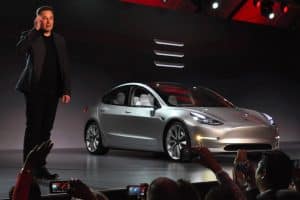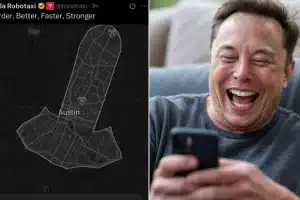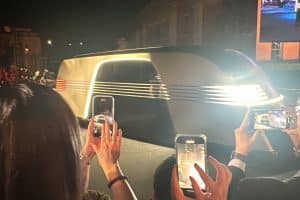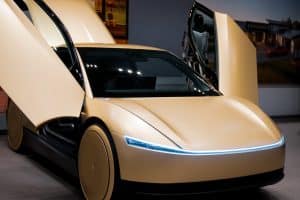- 🚗 Tesla unveiled the fully autonomous Robotaxi Cybercab, inspired by the Cybertruck design.
- 💸 The Cybercab is priced under $30,000 and aims to be competitively priced for fleet use.
- 🏗️ Production is expected to start before 2027, with manufacturing likely at Giga Texas.
- 🌐 The vehicle features inductive charging, utilizing technology from Wiferion.
- ⚙️ Real-world tests for Unsupervised Full Self Driving are planned for California and Texas.
In a world increasingly driven by technological advancement and sustainable practices, Tesla continues to be at the forefront with its latest unveiling—the fully autonomous Robotaxi Cybercab. Drawing inspiration from the distinctive design of the Cybertruck, this new vehicle promises to revolutionize passenger travel, offering a glimpse into a future where mobility is not only smart but also highly efficient.
A Game-Changer in Autonomous Vehicles
Tesla’s Robotaxi Cybercab stands out as a landmark innovation in autonomous transportation, characterized by its futuristic design and cutting-edge technology. As Elon Musk’s ambitious vision for a fully autonomous taxi service comes to life, the Cybercab is not just another vehicle; it’s a paradigm shift in how we conceive personal and public transportation.
Key Features That Define the Cybercab
- Design Inspired by Tesla’s Cybertruck: The Cybercab’s design aesthetics resonate with the bold, angular features of the renowned Cybertruck, creating a visual appeal that is both modern and functional. It seamlessly integrates the radical curves and lines found in Tesla’s other models, making it a stylish and practical choice for the urban landscape.
- Competitive Pricing Structure: With a price tag of under $30,000, the Cybercab is strategically positioned to attract fleet buyers and individual consumers looking for cost-effective transportation solutions. This competitive pricing is pivotal as Tesla aims to disrupt the traditional taxi and car rental markets by offering an affordable yet sophisticated alternative.
- Innovative Charging Solutions: Breaking away from conventional charging methods, the Cybercab employs an inductive charging system, leveraging technology from Wiferion, a company Tesla recently acquired. This wireless charging capability enhances user convenience, eliminating the need for plug-in sockets and making the charging process almost invisible to the end-user.
- Ambitious Production Plans: Tesla anticipates commencing production of the Cybercab before 2027 at its Giga Texas facility, a hub for cutting-edge automotive manufacturing. This timeframe reflects Tesla’s commitment to bringing new vehicles to market swiftly while addressing potential scalability challenges inherent in automotive production.
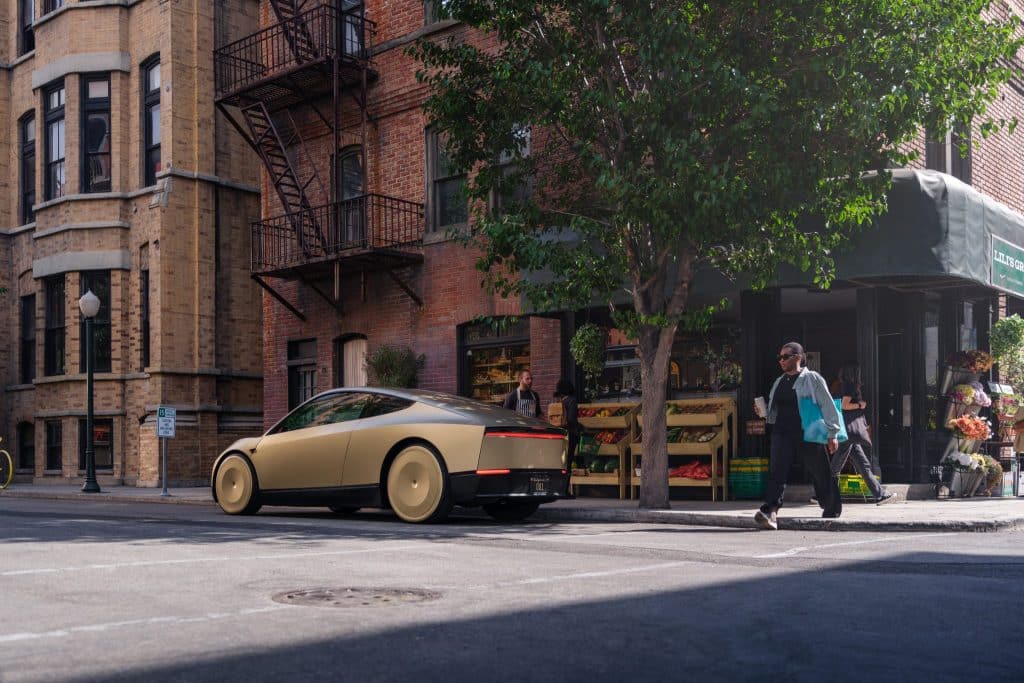
Moving Toward a Fully Autonomous Reality
Perhaps the most transformative aspect of the Robotaxi Cybercab is its integration of Tesla’s Unsupervised Full Self Driving (FSD) technology. Slated for real-world tests in California and Texas, this technology aims to offer unprecedented levels of autonomy, capable of navigating complex driving environments with minimal human intervention.

The Future of Urban Mobility
As urban areas continue to expand, the demand for efficient, sustainable, and integrated transportation systems grows. The Cybercab positions itself as an integral component of this future, providing a solution that reduces traffic congestion, lowers emissions, and improves urban mobility.

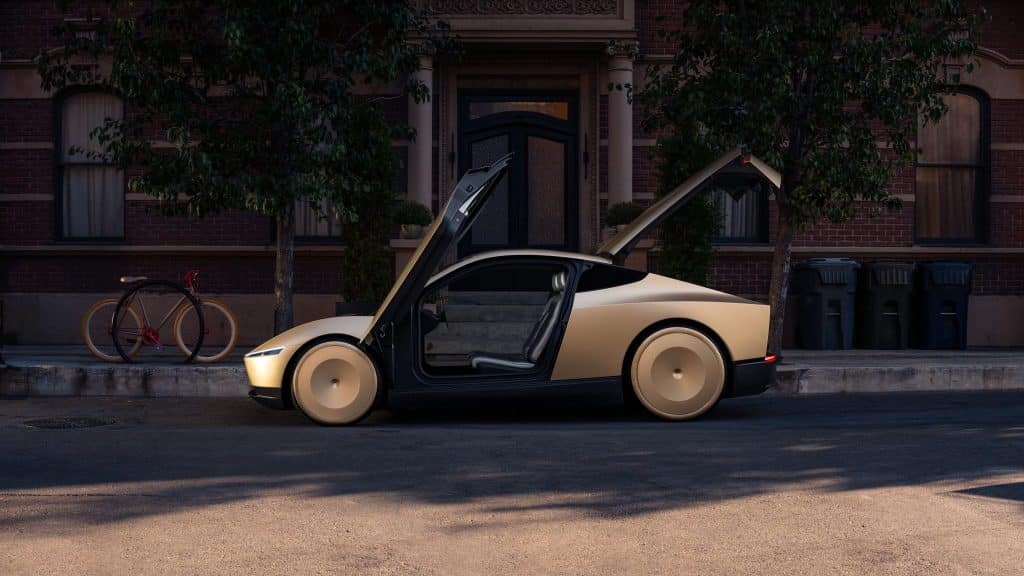
Conclusion: The Road Ahead
Tesla’s Robotaxi Cybercab represents more than just a new vehicle; it is an ecosystem designed to redefine the transportation landscape. With its innovative design, competitive pricing, and groundbreaking technology, the Cybercab is set to become a critical player in the global shift towards more sustainable and intelligent transportation solutions.
As we gear up for a future dominated by autonomous vehicles, the implications of Tesla’s advancements are vast—paving the way for safer roads, enhanced mobility, and a transportation model that aligns with the technological evolution of the modern world.


